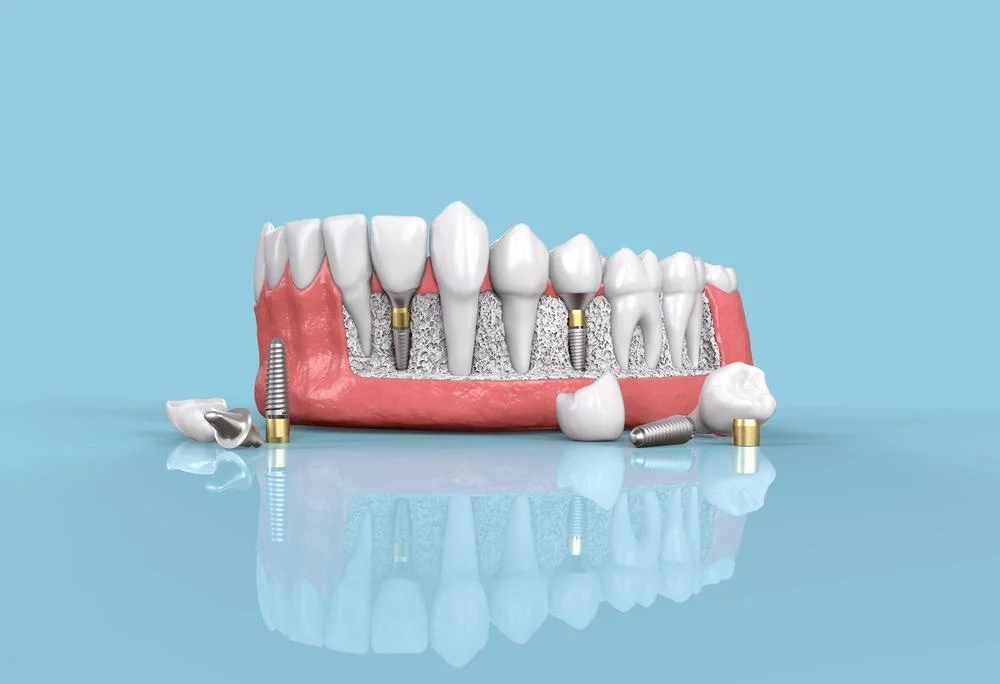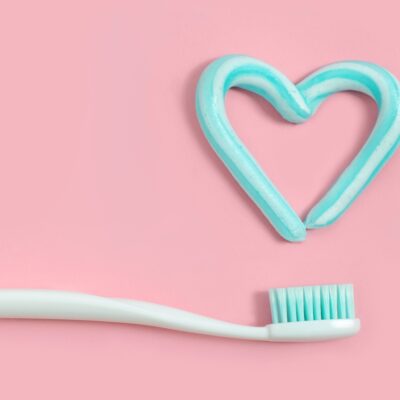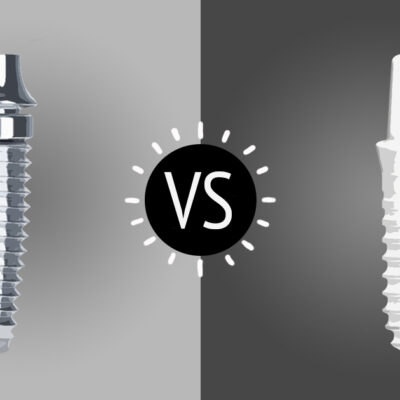Dental implants are artificial tooth roots that are placed directly into the jawbone to restore missing teeth. Although implants are a long-lasting solution for missing teeth, they aren’t permanent. If you have implants, you may want to replace them at some point in the future. If your dentist recommends removing your current implants, it doesn’t mean you can never get new ones again. In fact, many dentists recommend replacing your old implants after about 10 years for optimum oral health and function. However, there are circumstances where replacing your old dental screws is not possible or advisable. In this article, we will answer the question. However, if you feel like your current ones are no longer serving their purpose, here is everything you need to know about repeating them!
Dental implants are not permanent?
Implants are a long-term solution, but they may eventually wear out. In fact, the life span of dental screws depends on a number of factors like oral hygiene, your general health, and the extent of bone loss in your jaw. A healthy mouth can support dental implants for many years, and a single dental implant can last between 10 and 20 years.
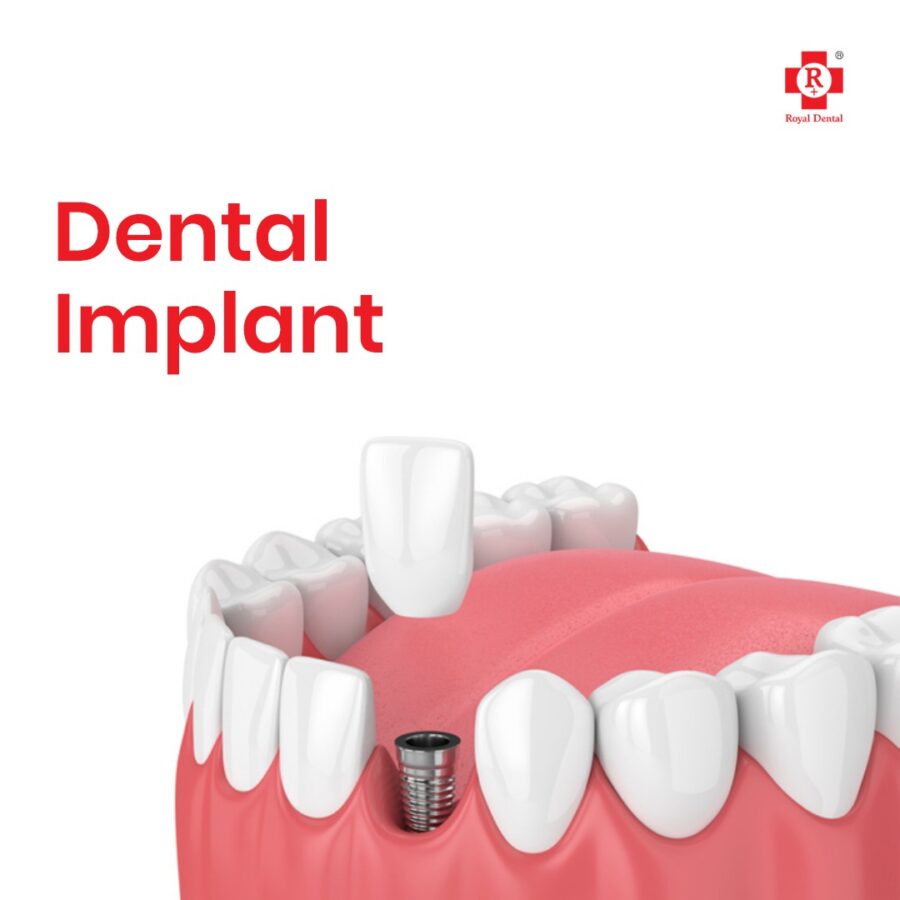
However, when your oral health has declined to the point that it affects the overall health of your body, your implants may fail much sooner. Dental implants are not permanent. They actually fuse with your bone and become a part of your body. However, your jawbone does not regenerate lost bone tissue. If you lose bone, you cannot replace it. If your jawbone has lost significant volume or density, you may need to replace your old implants to prevent further bone loss.
Reasons for replacing dental implants
While most dental screws last a long time, there are some circumstances where you may have to replace them. If your oral health has declined significantly since your last dental implant, you may need to replace them. If you have gum disease, periodontal disease, or any other infections in your mouth, your implants may need to be removed. If your implants are loose or misshapen (poor osseointegration), you may need to replace your existing implants. If your jawbone has lost significant volume or density, you may need to replace your old dental screws to prevent further bone loss.
When you cannot replace your dental implants
Sometimes, there are no indications that you need to replace your dental implants. Your oral health is good, and your implants have integrated well with your jawbone. You may have no signs or symptoms that suggest you need a dental implant replacement. If your implants are still stable and have not moved, you can leave them in place. Once your oral health has stabilized, you may not need to replace your old implants. However, if you have signs of gum disease or have lost a significant jawbone, your dentist will recommend removing your old implants and replacing them with new ones.

How to replace your dental implants
There are two ways to replace dental screws. The first option is to remove your existing implants and then replace them with new ones. The other option is to add new implants to the existing ones. If you decide to replace your old dental implants, you can use the same type of implant (same length, width, and type of material). Alternatively, you can switch to a different type of implant. If you want to replace your old dental implants, you should follow these steps:
Consult with your dentist: Your dentist will help you decide if you need to replace your old dental implants. He or she will also help you decide what type of dental implants you need.
Assess your oral health: If you have lost a significant amount of bone, you may need dental implants that have longer posts to be properly anchored in your jawbone.
Prepare your gums: Your dentist may recommend that you perform a soft tissue graft. This procedure is designed to help heal your gums and re-create the necessary volume and density in your jawbone.
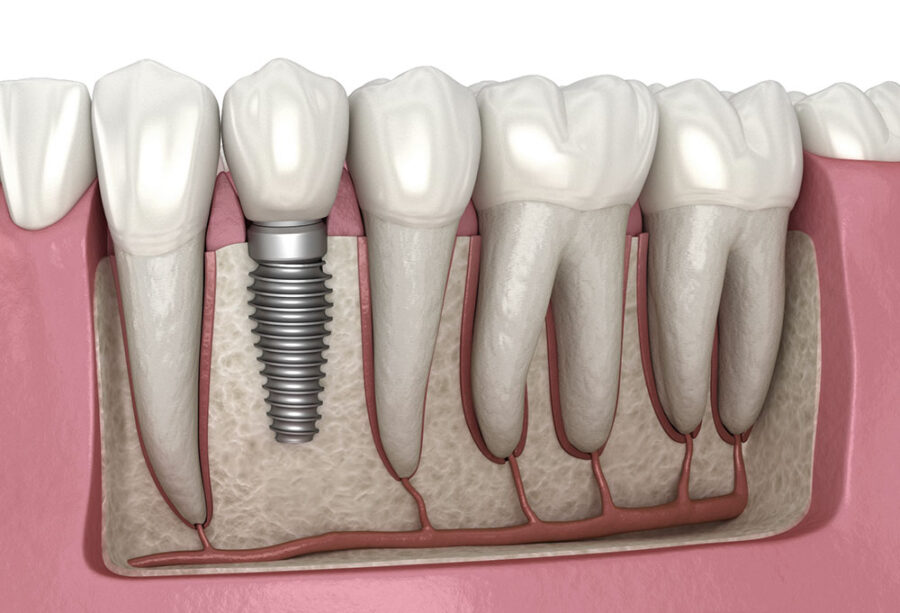
Prepare your teeth: Your dentist may suggest that you replace your implants with longer posts to accommodate the new implants.
Place your dental implants: When you have completed all of the above steps, your dentist will place your new dental implants.
Replacing with the same type of implant
If you want to repeat your old dental implants with the same type, there are a few things you should consider. Firstly, you will have to wait for your gums to heal. Your dentist will place new dental implants approximately one month after removing your old ones. Your new dental implants will be shorter than your old ones, so you will need longer posts. Your dentist will give you longer posts made from a different type of material than your original implants.
Replacing with a different type of implant; Zirconia
If you want to repeat your old dental implants with a different type, such as metal free. These are the advantages of metal-free implants: They do not trigger allergies, cause less tooth tissue damage, and are less likely to cause infection. There are two types of metal-free implants: ceramic implants and fully biologic implants. Ceramic ones are long-lasting, have an improved aesthetic result, are less likely to cause allergic reactions, and are less toxic. Fully biologic implants last longer, have no allergic reactions and have less toxic effects on the body.

Conclusion
Dental screws are long-lasting dental restorations that are designed to integrate with your jawbone. Although dental implants are a long-lasting solution for missing teeth, they aren’t permanent. When your oral health has declined to the point that it affects the overall health of your body, your implants may fail much sooner. There are circumstances where replacing your old dental implants is not possible or advisable. When you decide to repeat your implants, you can either replace them with the same type or a different type.

